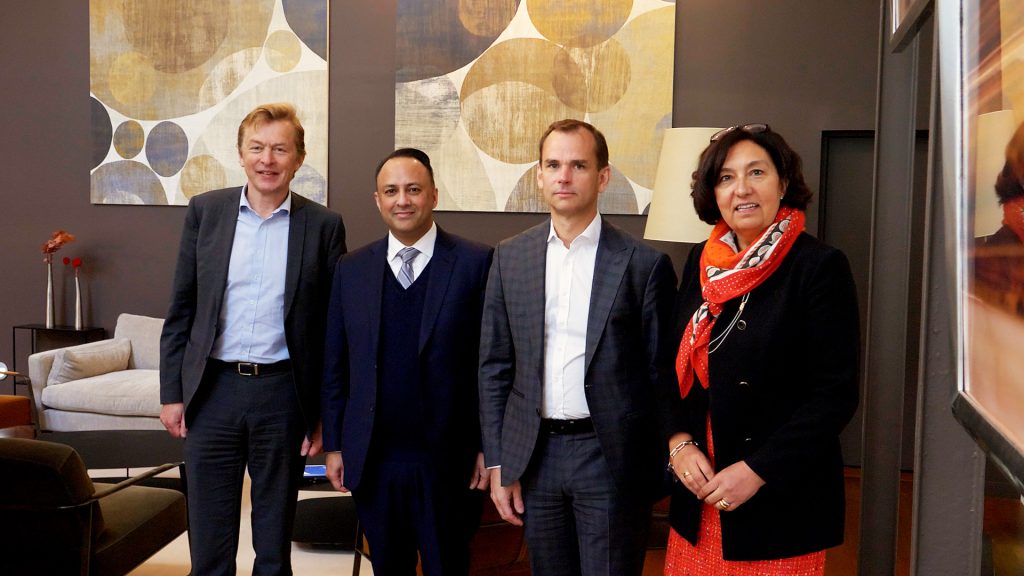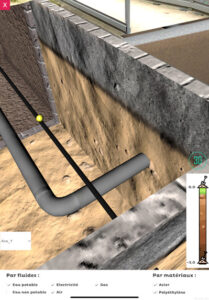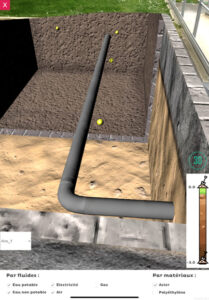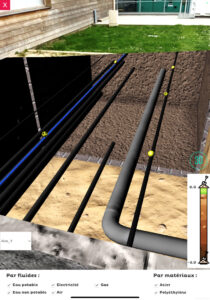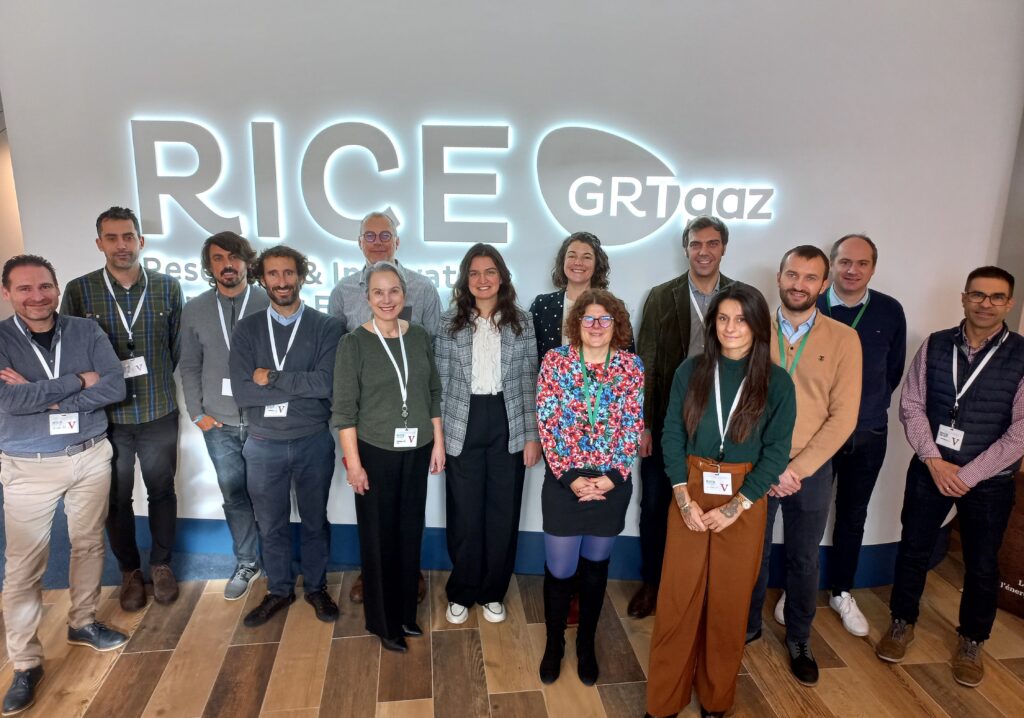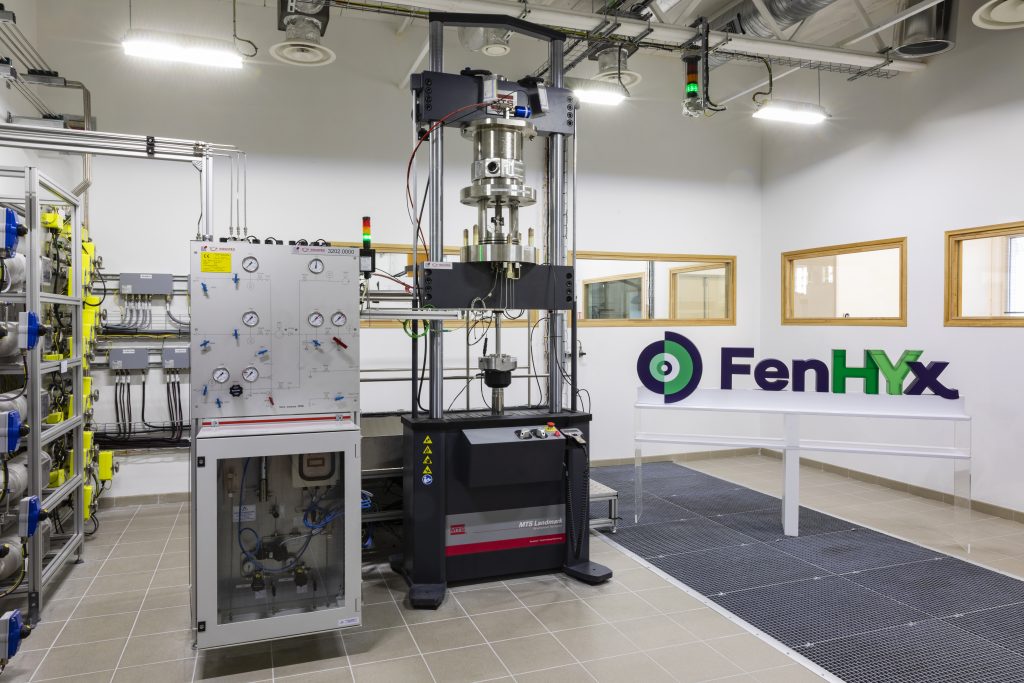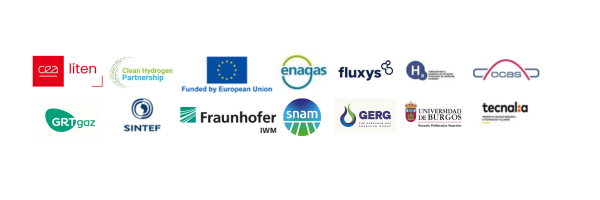RICE hosts the first class of stratups from the Nova by GRTgaz incubator
As part of its first call for applications, a jury made up of representatives from GRTgaz's various businesses has selected four start-ups to benefit from a one-year support program in the new Nova incubator. Incubation began on November 7, 2022, with these start-ups being welcomed at the RICE site in Villeneuve la Garenne (92).
4 winners with complementary and varied profiles and expertise have been selected for this first promotion:
LYNX for the "Industry 4.0 and digitalization" sector
The young company is working on the design and manufacture of mixed reality goggles, which aim to enrich and augment a technician's real environment with a realistic 3D model of an infrastructure.
"NOVA gives us the chance to tackle problems in the field, in collaboration with friendly technical operators and R&D engineers. It's also a unique opportunity to access facilities and equipment reserved/exclusive to GRTgaz's research center." Chouki Hadri, VP General Manager Lynx
LIUM for the "industrial, energy and ecological transition" sector
It offers a solution based on balloons held on the ground by a cable for monitoring industrial sites. These camera-equipped balloons are designed to help manufacturers better manage safety, environmental risks and the risks associated with certain operations.
"Learning that we would be joining Nova's very first class was very exciting news. Collaborating with GRTgaz will enable us to accelerate Lium's technological and commercial development with a view to achieving our mission." Guilain Yvon, Co-founder and CEO of Lium
SOLAR FOCUS for the "new gases and start-ups" sector
It aims to develop energy production without exploiting scarce or fragile resources, such as the production of gas from waste by pyrolysis under solar radiation.
"Very happy to join the first promotion of the Nova incubator, with all that this represents in terms of opportunities and possibilities for the development of Solar Focus. Can't wait to start the next phase of the project!" Thomas Delapierre, Solar Focus project leader
YLSSEN for the "operational performance and industrial safety" division
The electronic system developed by YLSSEN makes it possible to remotely monitor the open or closed status of industrial valves in real time. It can be commissioned without having to modify existing equipment, and without having to interrupt production or distribution operations on the industrial site.
"The entire YLSSEN team is very grateful to GRTgaz and its NOVA team for choosing us to be part of this first class. We look forward to the mutual advances that our work together will bring. Stéphane Canet, CEO Ylssen
The selected start-ups now have shared workspaces on GRTgaz premises. They will also benefit from the support of its RICE (Research and Innovation Center for Energy), with access to test areas and the support of researchers to carry out in-house experiments. The Nova incubator will also offer start-ups tailor-made technical, methodological and entrepreneurial support, via its own innovation acceleration system (market research, economic studies, intellectual property, business models, etc.).
The representatives of the four startups expressed their enthusiasm at the Welcome Day on November 7, when they were welcomed to the Villeneuve la Garenne site by Pierre Blouet, Director of RICE, in the presence of Vanessa Paoli-Gagin, Senator for the Aube region and rapporteur for the Information Mission "Excellence in research/innovation, shortage of industrial champions: find the French mistake".
A look back at this first event filmed by Maddyness :
